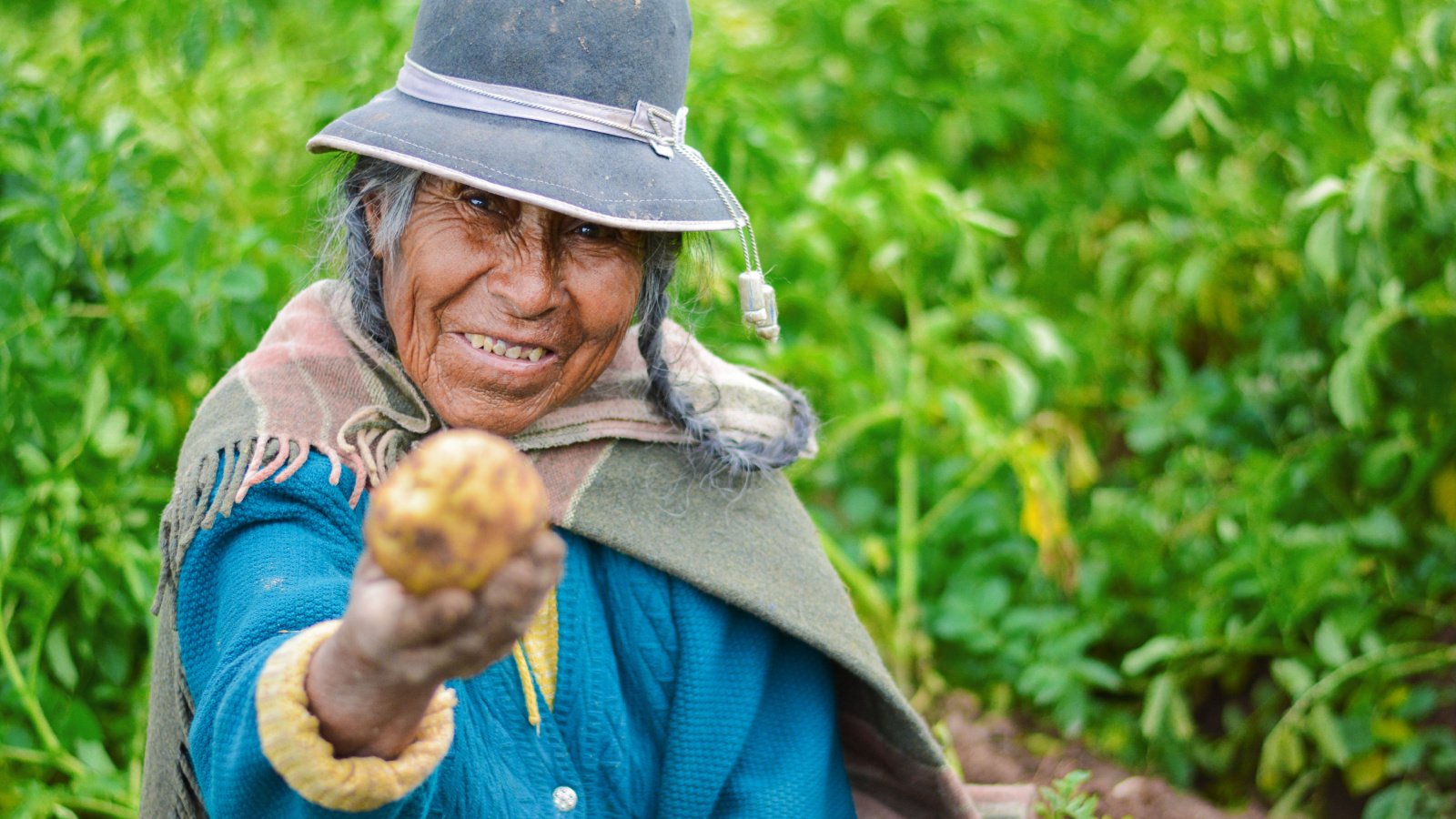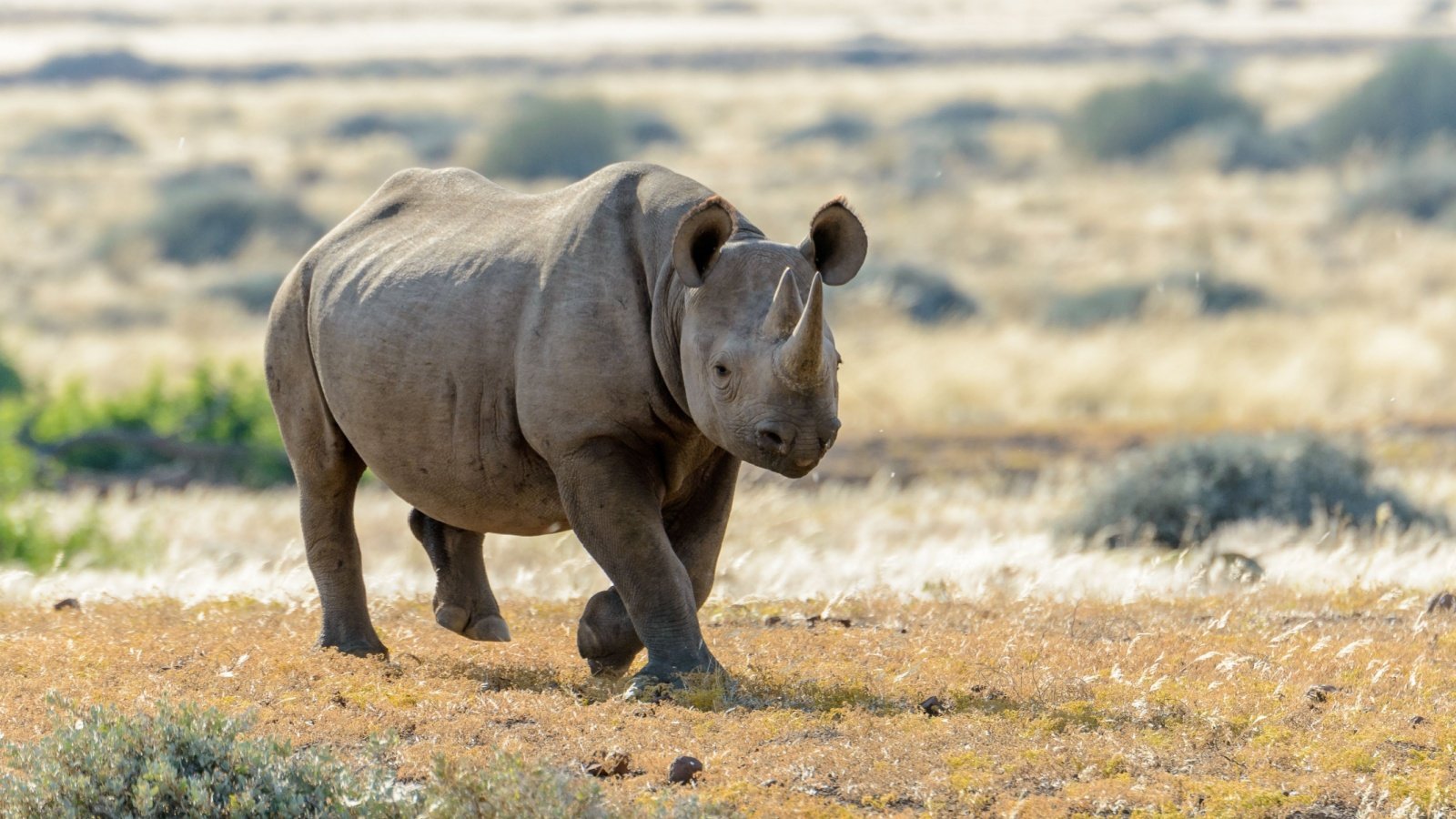Have you ever tried acorn bread or blue corn pancakes? Native American cuisine varies across different tribes and regions, featuring locally sourced ingredients that reflect the native environment and ecosystems. From the Plains to the Great Basin, here are some of the most commonly found foods served by Indigenous peoples of America.
Frybread
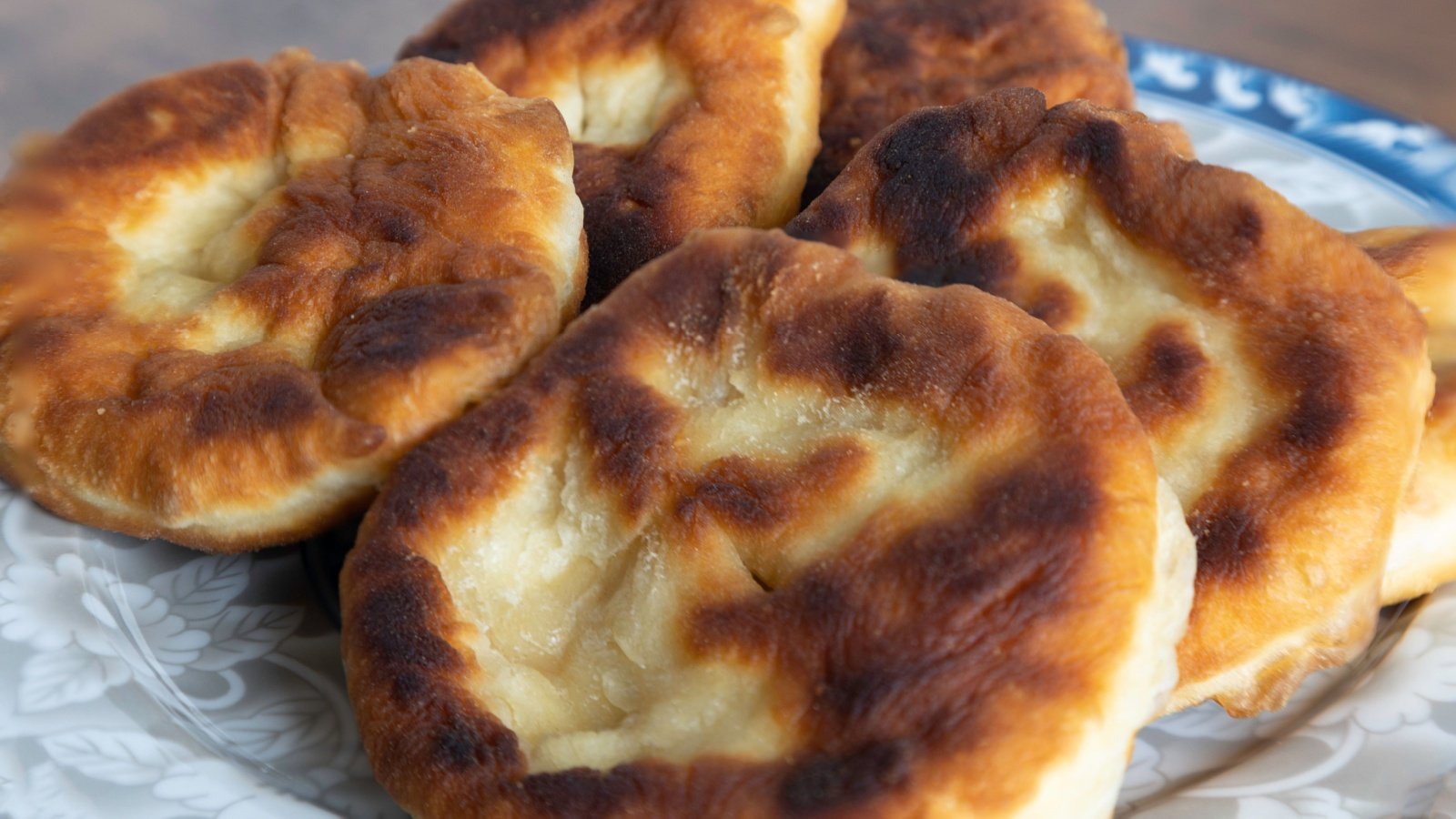
Originating during the time of relocation and rationing, frybread is a versatile Native American dish made from deep-fried dough. It can be enjoyed plain, with honey or powdered sugar, or used as a base for tacos, known as Navajo Tacos.
Three Sisters Stew

Three Sisters Stew combines corn, beans, and squash, representing the three staple crops of many Native American cultures. This hearty stew is often flavored with herbs and spices and sometimes includes meat like bison or turkey.
Bison Burgers
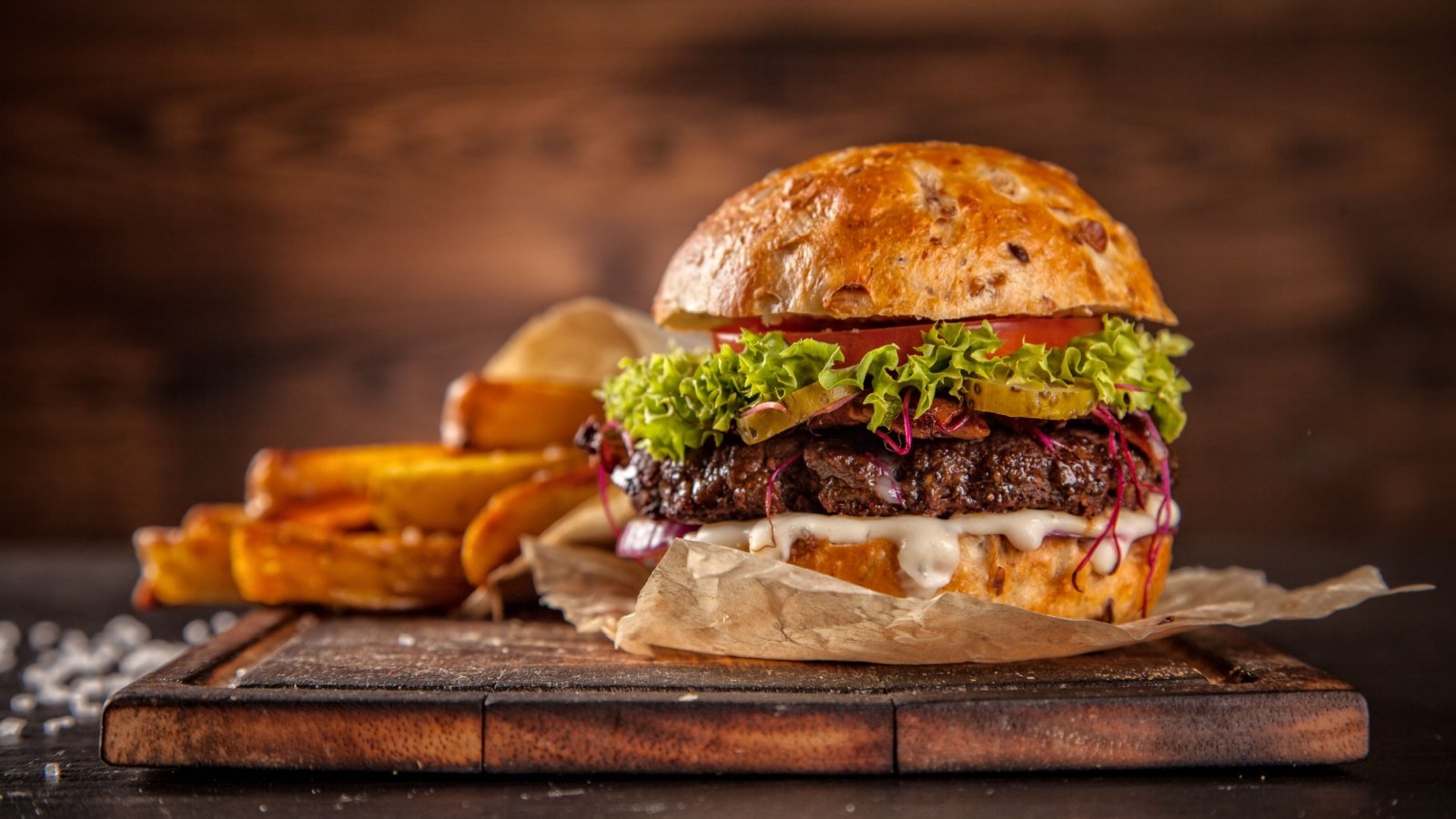
Bison burgers offer a leaner alternative to traditional beef burgers, packed with rich flavor and nutrients. Bison meat is lower in fat and calories but high in protein and iron. These burgers are a modern twist on a protein source that has been vital to Plains tribes for centuries.
Wojapi
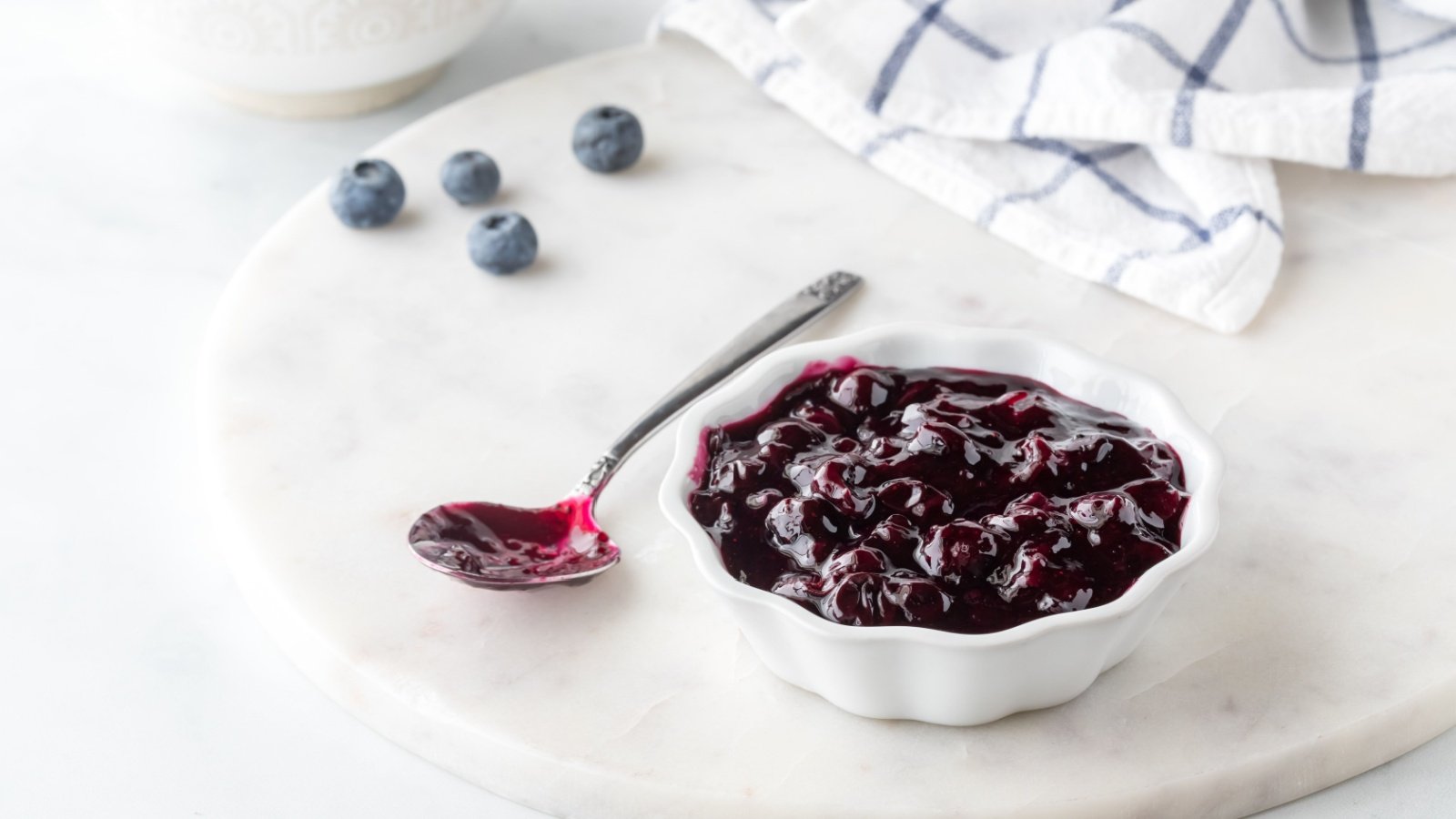
Wojapi is a thick, berry-based sauce traditionally made by the Lakota and Dakota tribes. It’s typically prepared with chokecherries, blueberries, or other native berries, sweetened and sometimes thickened with a bit of flour. Wojapi is often served with frybread or as a topping for various dishes.
Posole
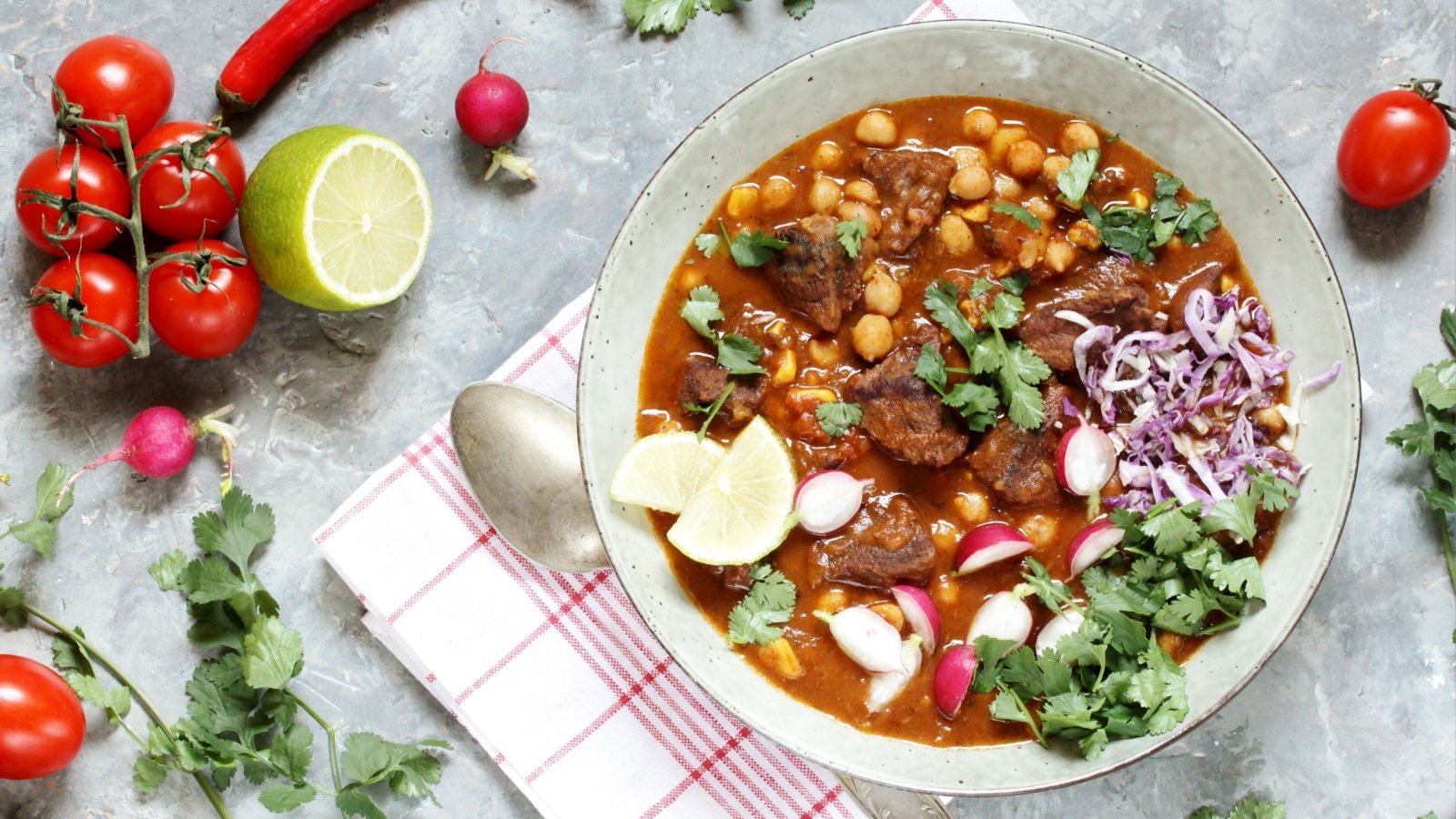
Posole is a traditional stew from the Pueblo tribes of the Southwest, featuring hominy (dried corn kernels) and pork or chicken. The dish is seasoned with green or red chilies and can be garnished with lime, radishes, and cabbage. Posole is often enjoyed during special occasions.
Acorn Bread
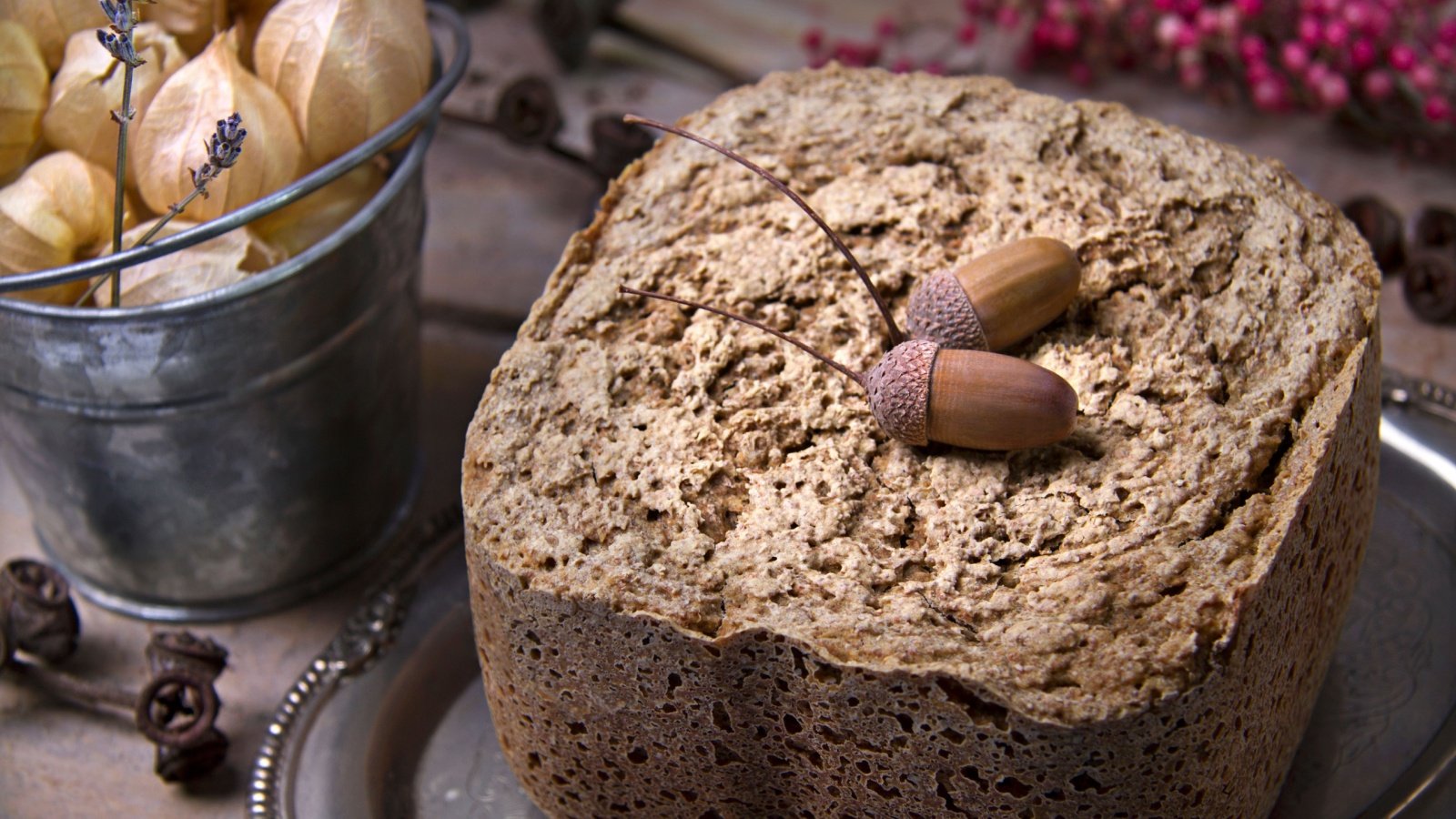
Acorn bread is made from acorn flour, a staple in many Native Californian diets. The acorns are processed to remove tannins, then ground into flour and baked into a dense, flavorful bread. This bread has a rich, nutty taste and is often enjoyed with honey or jam.
Cedar-Planked Salmon
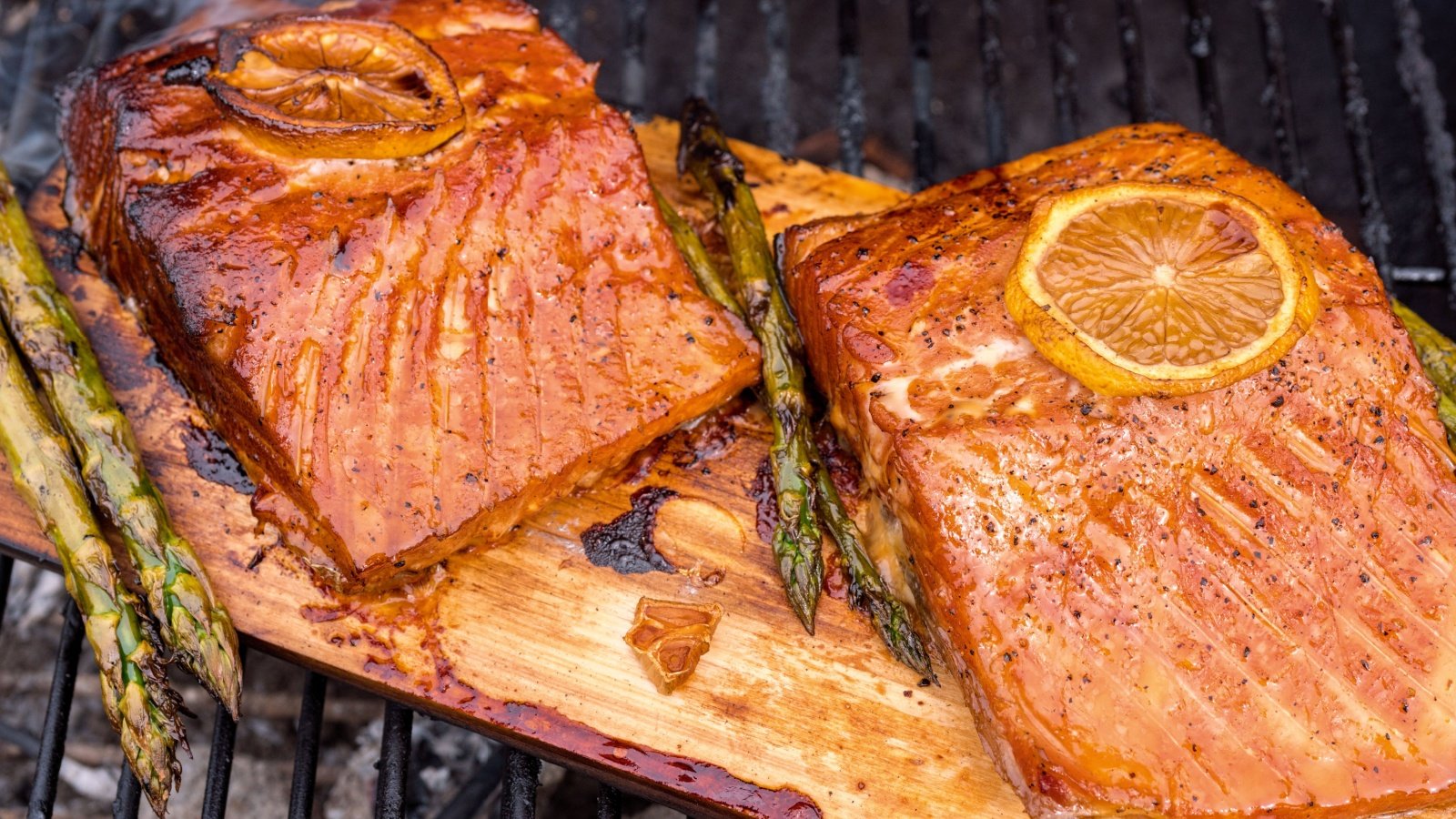
Cedar-planked salmon is a traditional cooking method used by Pacific Northwest tribes. The salmon is seasoned and placed on a cedar plank, then cooked over an open fire. This technique imparts a distinct smoky flavor and keeps the fish moist and tender.
Green Chile Stew
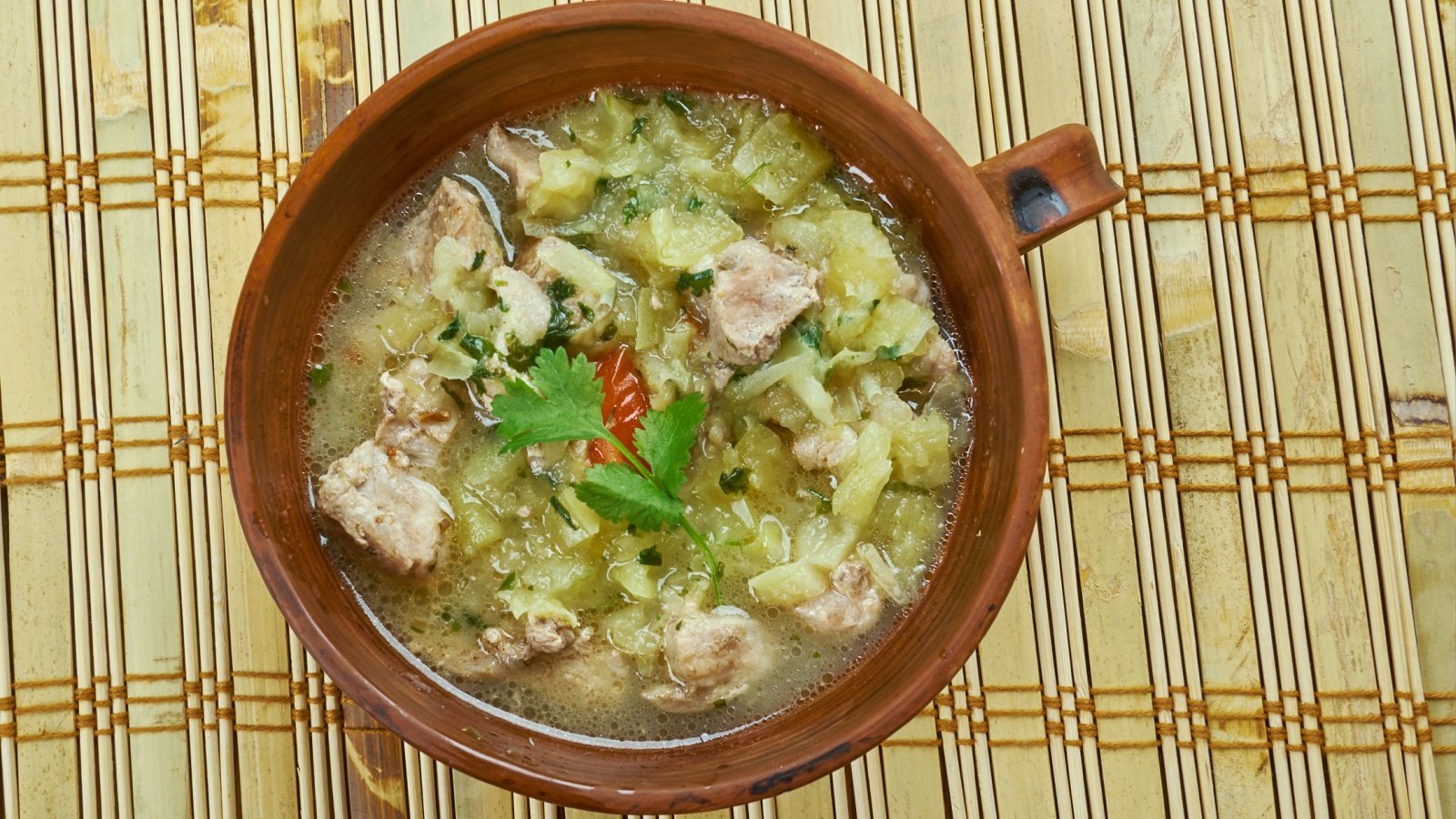
Green Chile Stew, a staple of the Southwestern tribes, features roasted green chilies, pork, and potatoes. The stew is flavorful and warming, perfect for colder months. It’s often served with tortillas or frybread for a complete meal.
Chokecherry Pudding
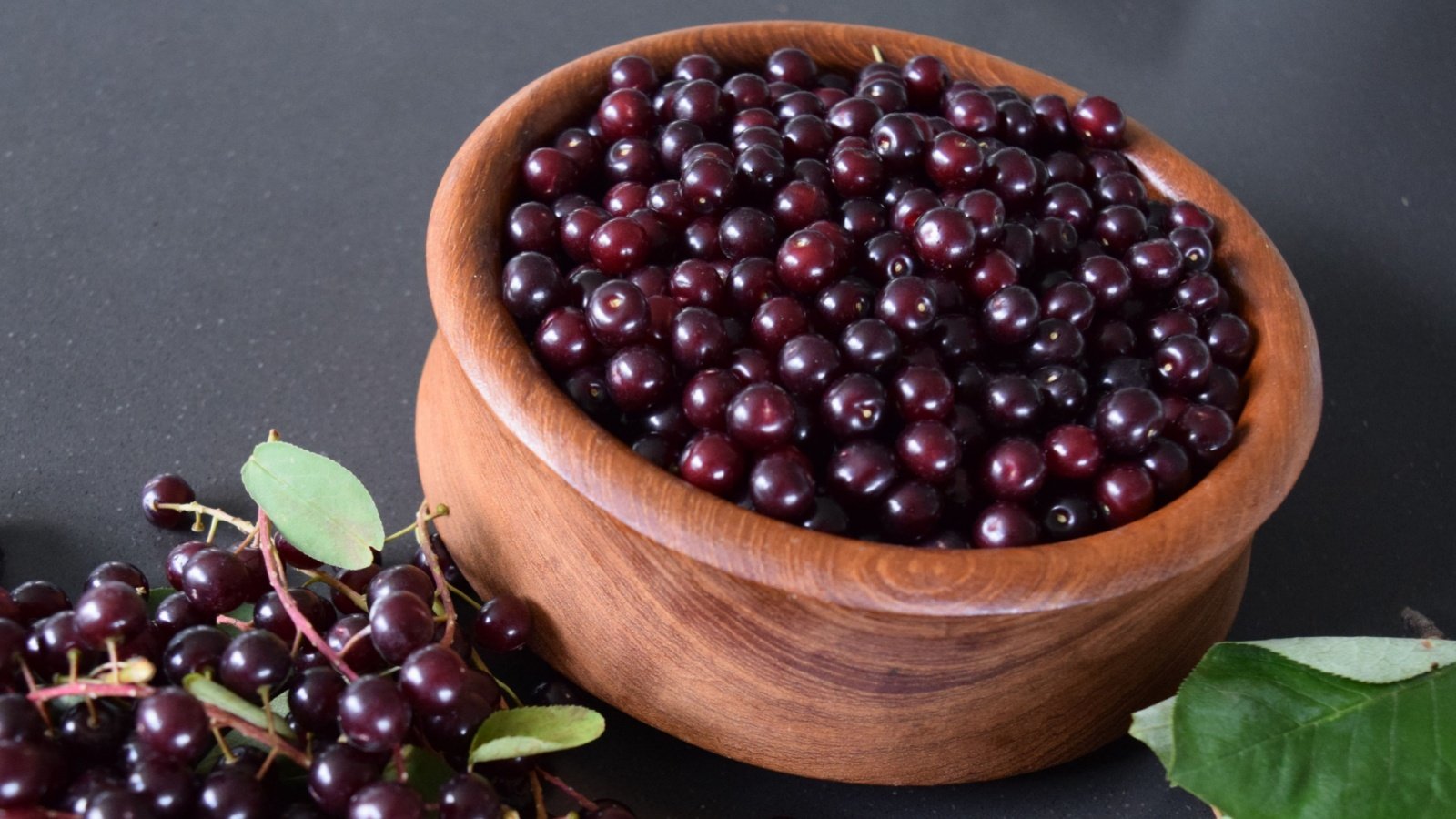
Chokecherry pudding is a traditional dessert made from chokecherries, a native fruit with a tart flavor. The cherries are cooked down with sugar and thickened with cornmeal or flour. This pudding is often enjoyed during celebrations.
Indian Pudding
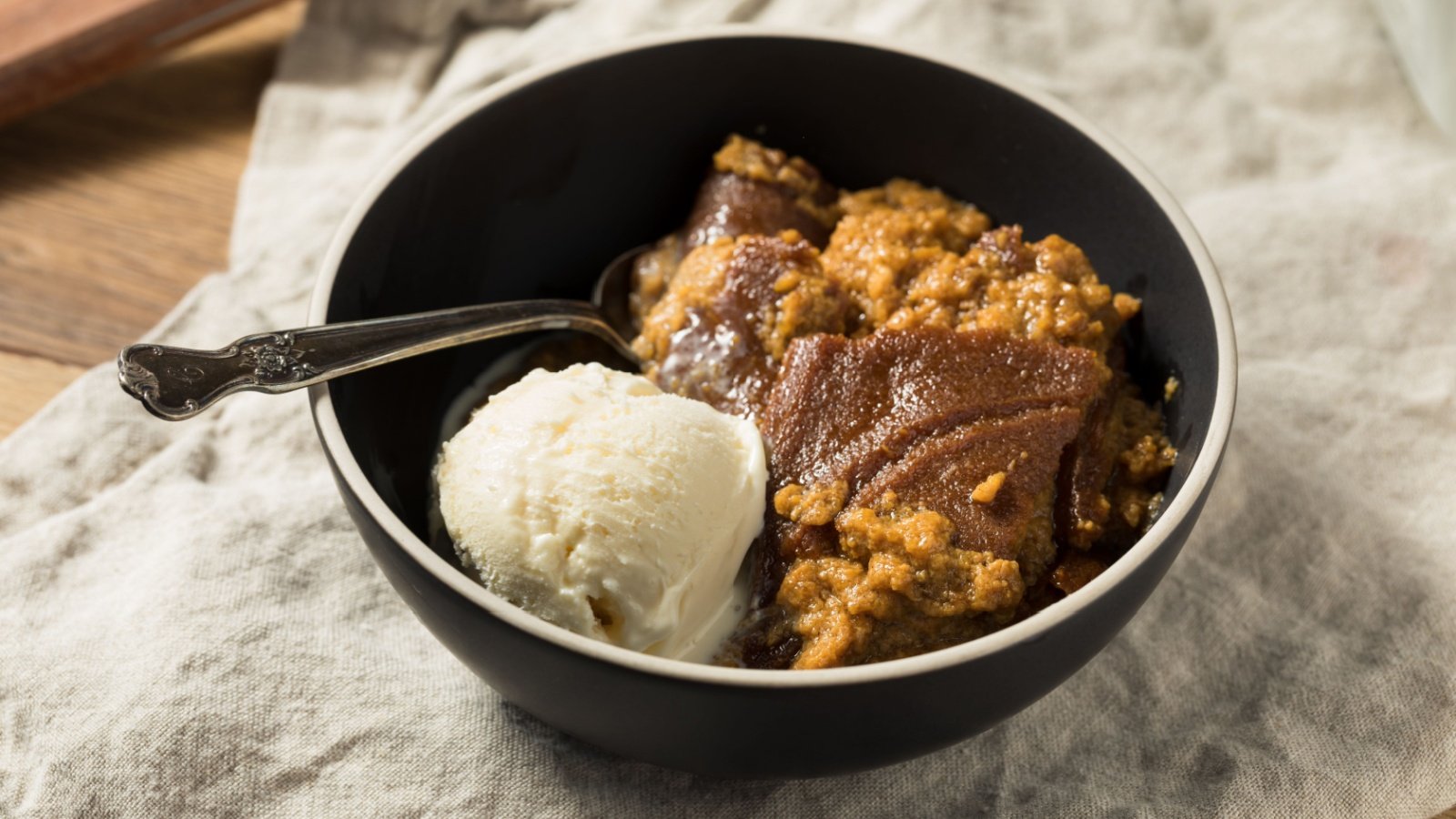
Indian pudding is a New England dessert with roots in Native American cuisine. It’s made from cornmeal, molasses, and spices, slow-cooked to a thick, custard-like consistency.
Blue Corn Pancakes
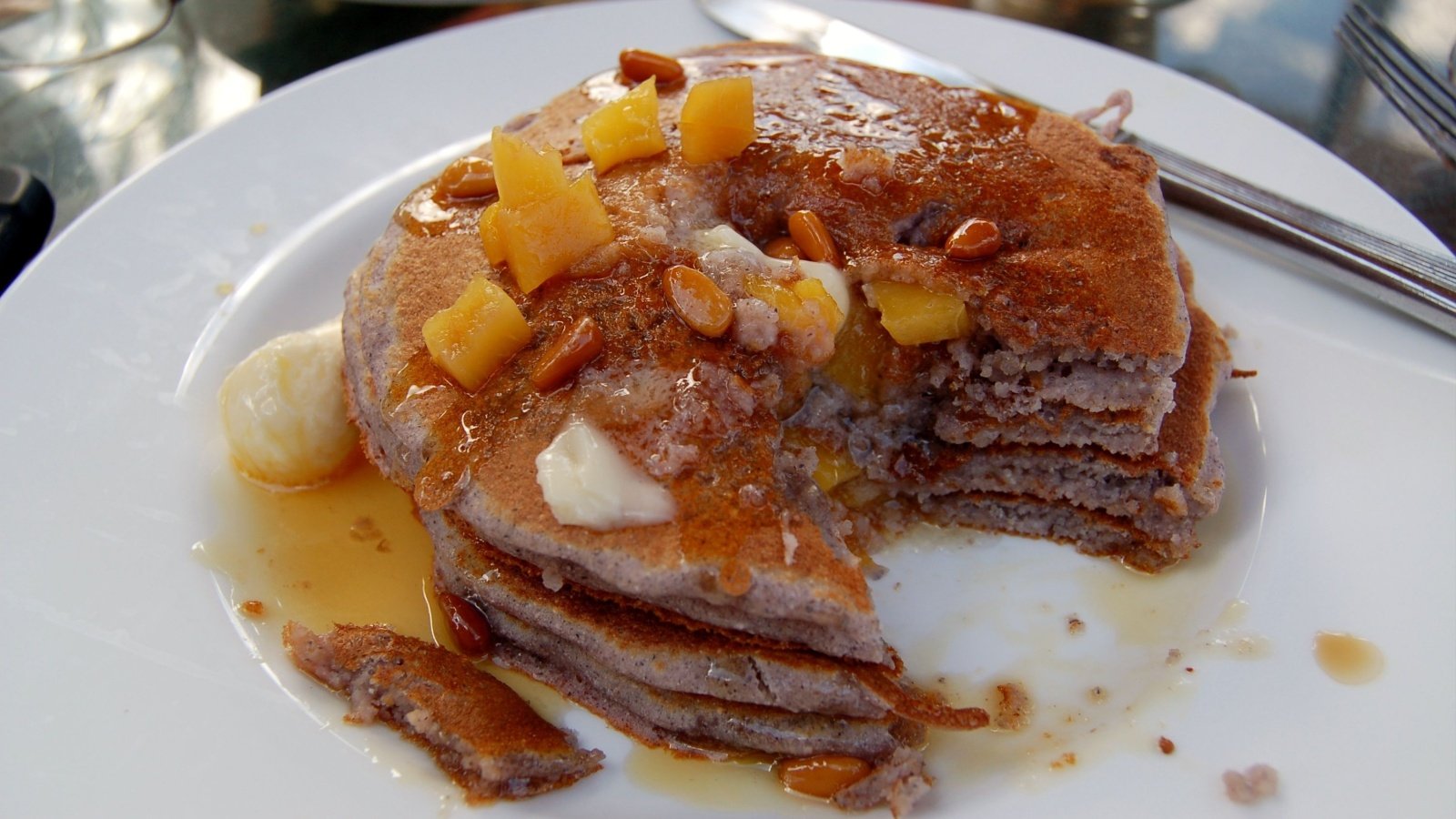
Blue corn pancakes are made from blue cornmeal, a staple in Hopi and other Southwestern tribes. These pancakes have a unique flavor and a striking blue color. They are often served with syrup, honey, or fresh berries.
Venison Chili

Venison chili uses deer meat, a traditional protein source for many Native American tribes. The chili is hearty and flavorful, often including beans, tomatoes, and a variety of spices. It’s a perfect dish for cold weather and outdoor gatherings.
Hominy and Pemmican
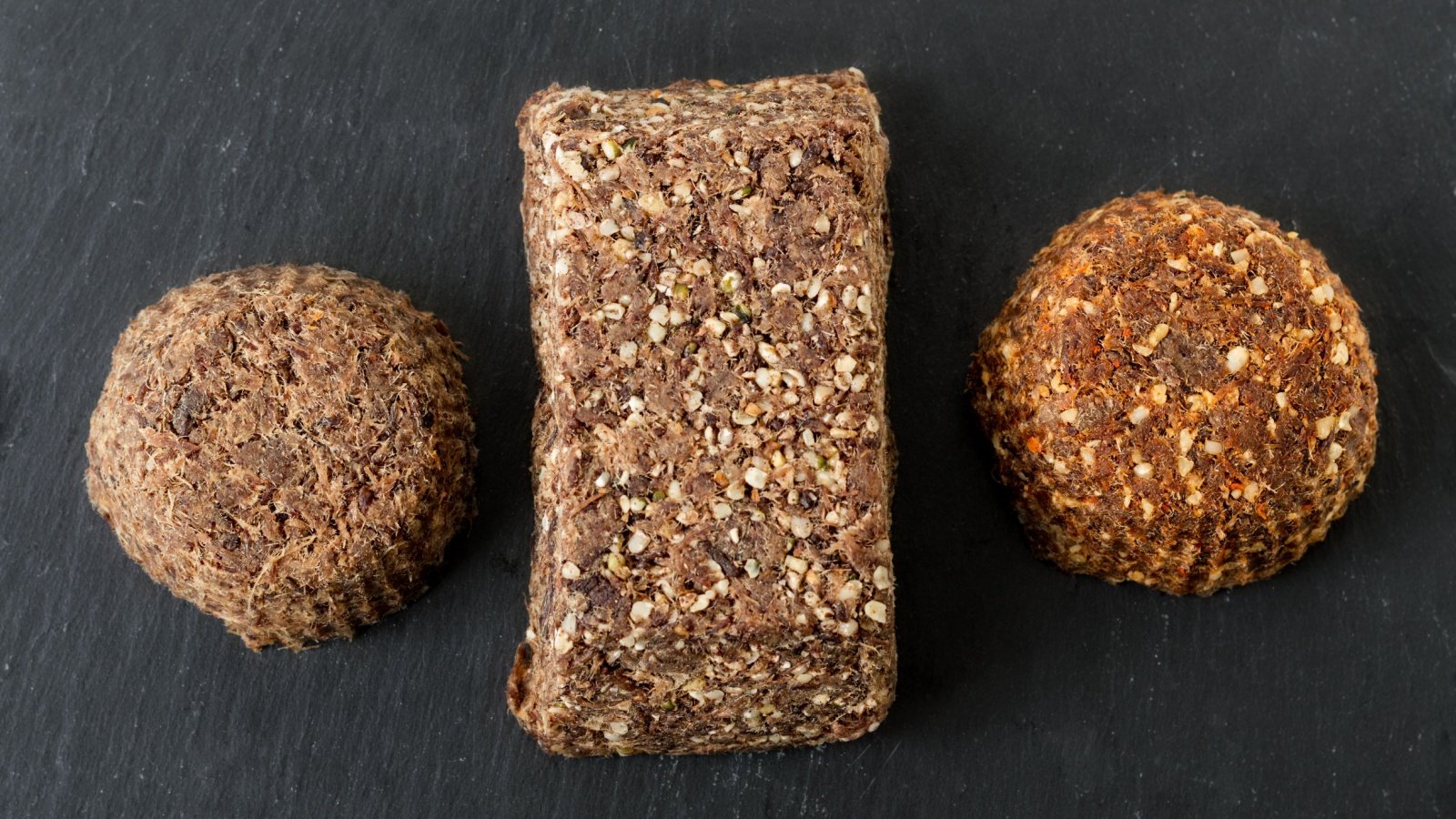
Hominy and pemmican are traditional foods that have sustained Native American tribes for centuries. Pemmican is made from dried meat, fat, and berries, while hominy is processed corn. Together, they provide a nutrient-dense, energy-rich meal.
Maple Syrup Pie
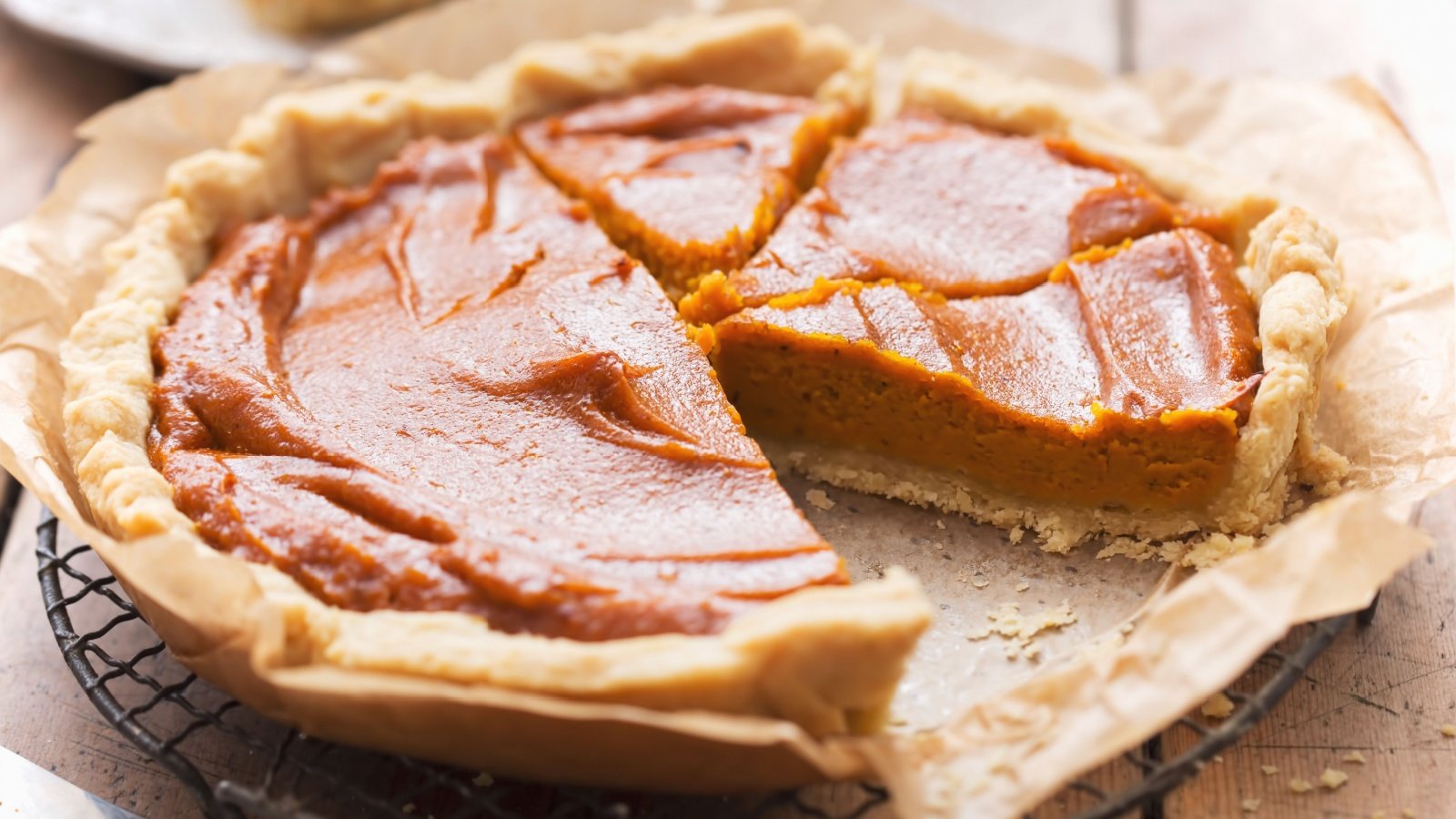
Maple syrup pie is a sweet treat that highlights the importance of maple syrup in Northeastern tribes. The pie is made from a rich filling of maple syrup, eggs, and cream, baked in a flaky crust. It’s a decadent dessert perfect for special occasions.
Wild Rice Salad
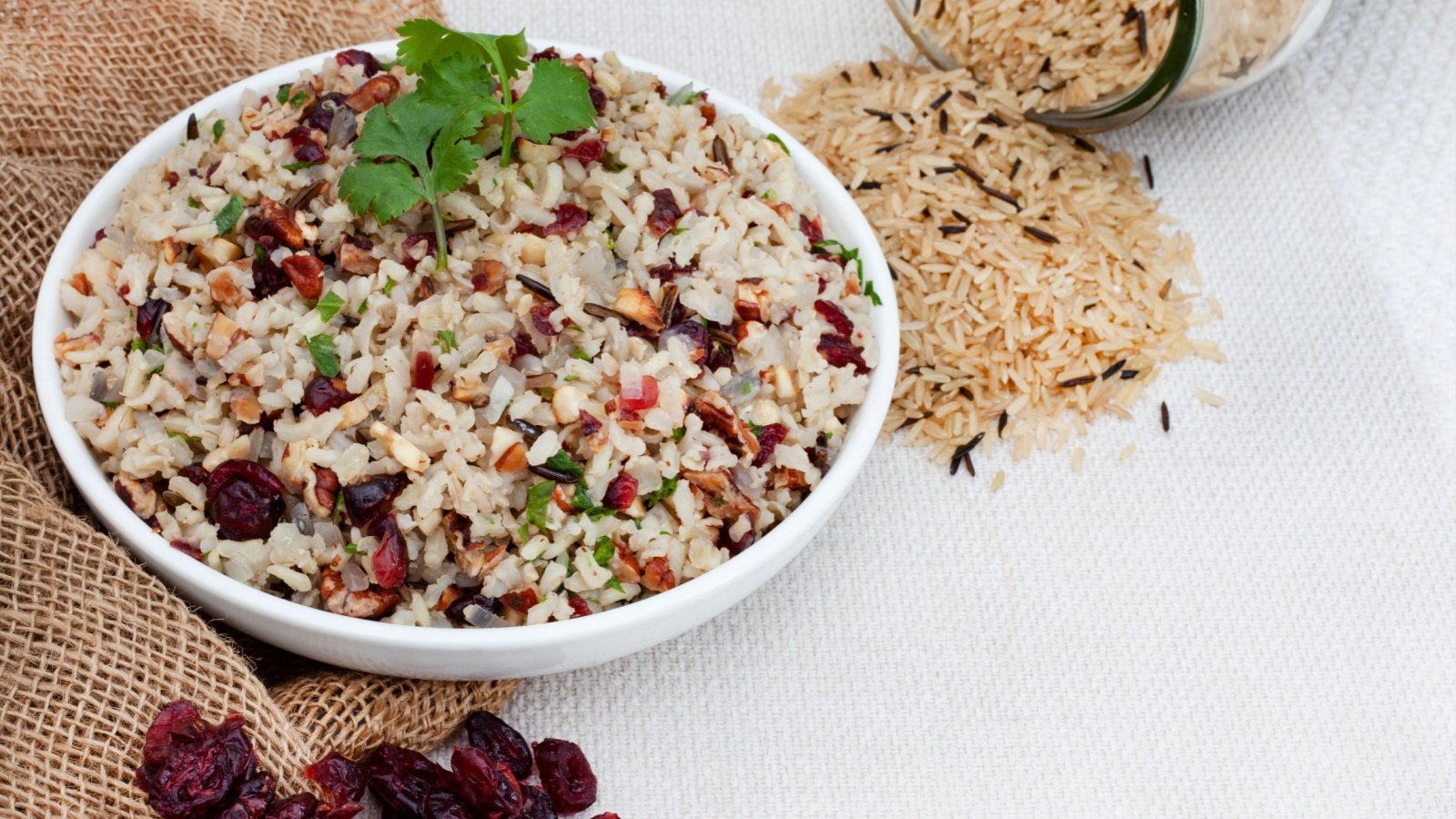
Wild rice, a staple for many Northern tribes, is the star of this hearty salad. Combined with nuts, berries, and a tangy dressing, wild rice salad is both nutritious and delicious. It’s a versatile dish that can be served warm or cold.
Elk Stew
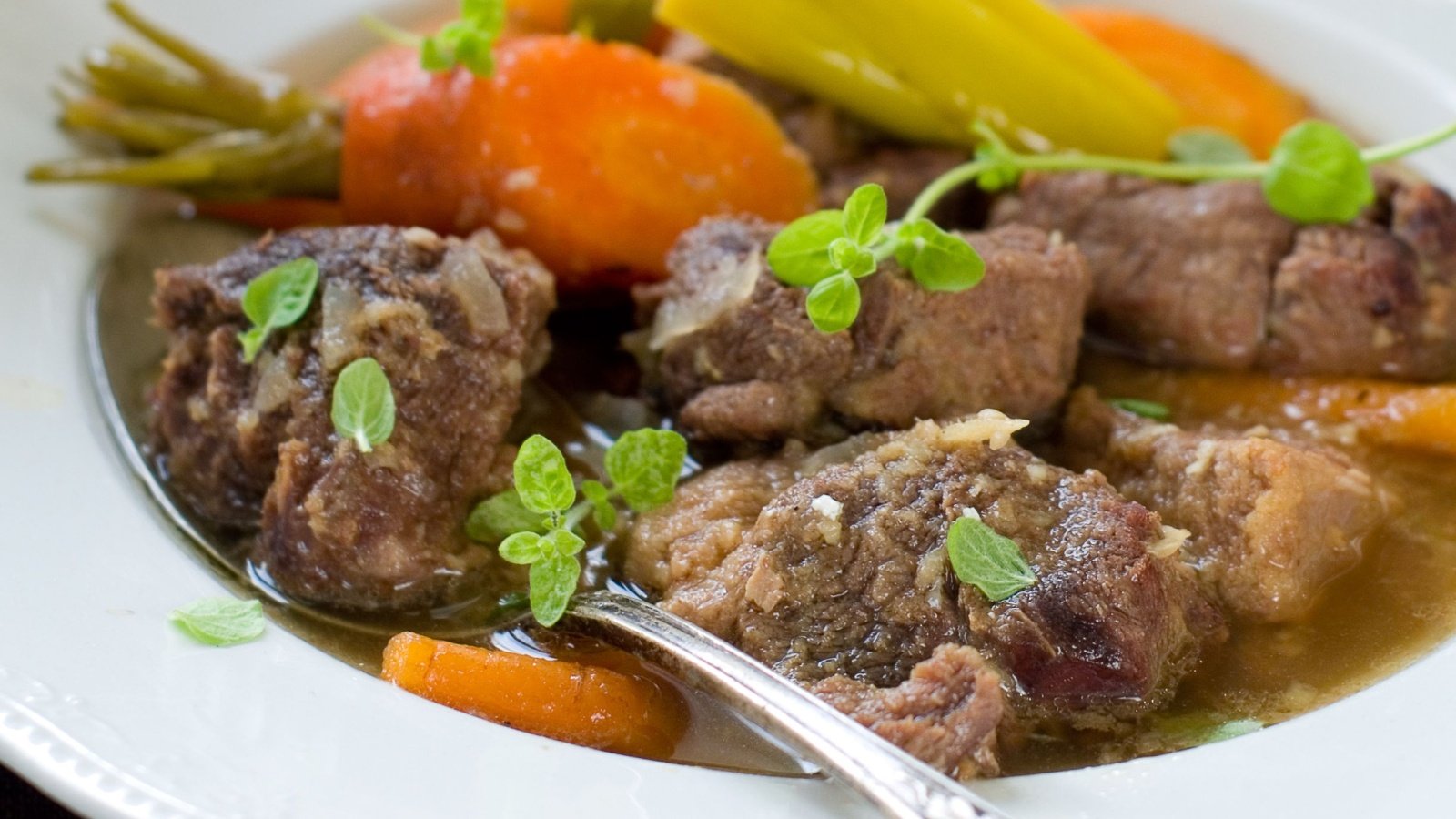
Elk stew is a traditional dish among the tribes of the Rocky Mountains. The stew features tender elk meat, vegetables, and savory broth. It’s a flavorful and filling meal, reflecting the hunting traditions of Indigenous peoples.
Pine Nut Soup
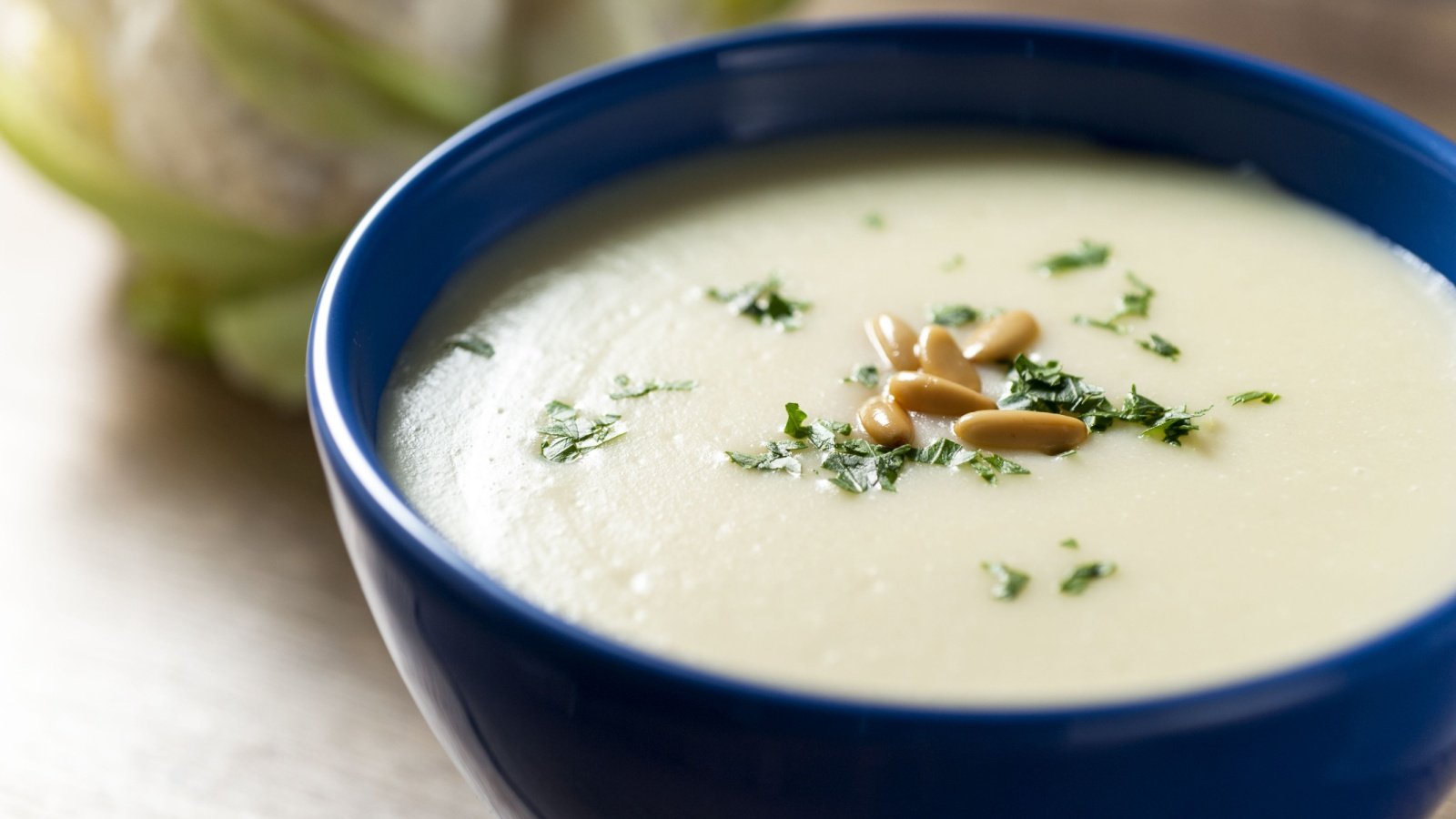
Pine nut soup is a creamy and nutritious dish made from pine nuts, a staple for many Southwestern tribes. The soup is often flavored with garlic, onions, and herbs. It’s a comforting dish that showcases the rich flavors of native ingredients.
Saguaro Cactus Syrup
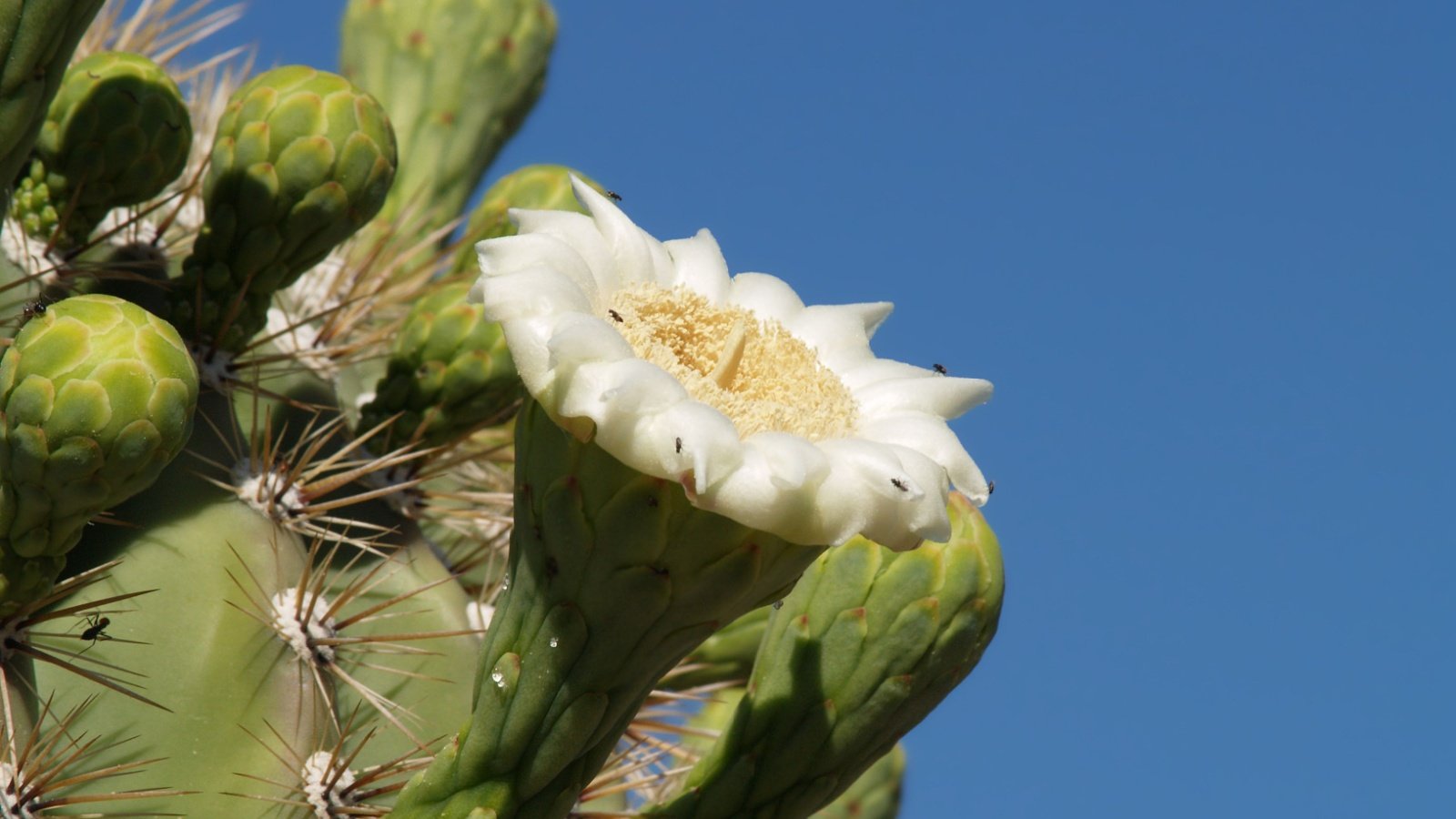
Saguaro cactus syrup is made from the fruit of the saguaro cactus, harvested by the Tohono O’odham people. The syrup has a unique, sweet flavor and is used as a topping for various dishes. It’s a rare and special treat that celebrates the desert’s bounty.
Hickory Nut Pie
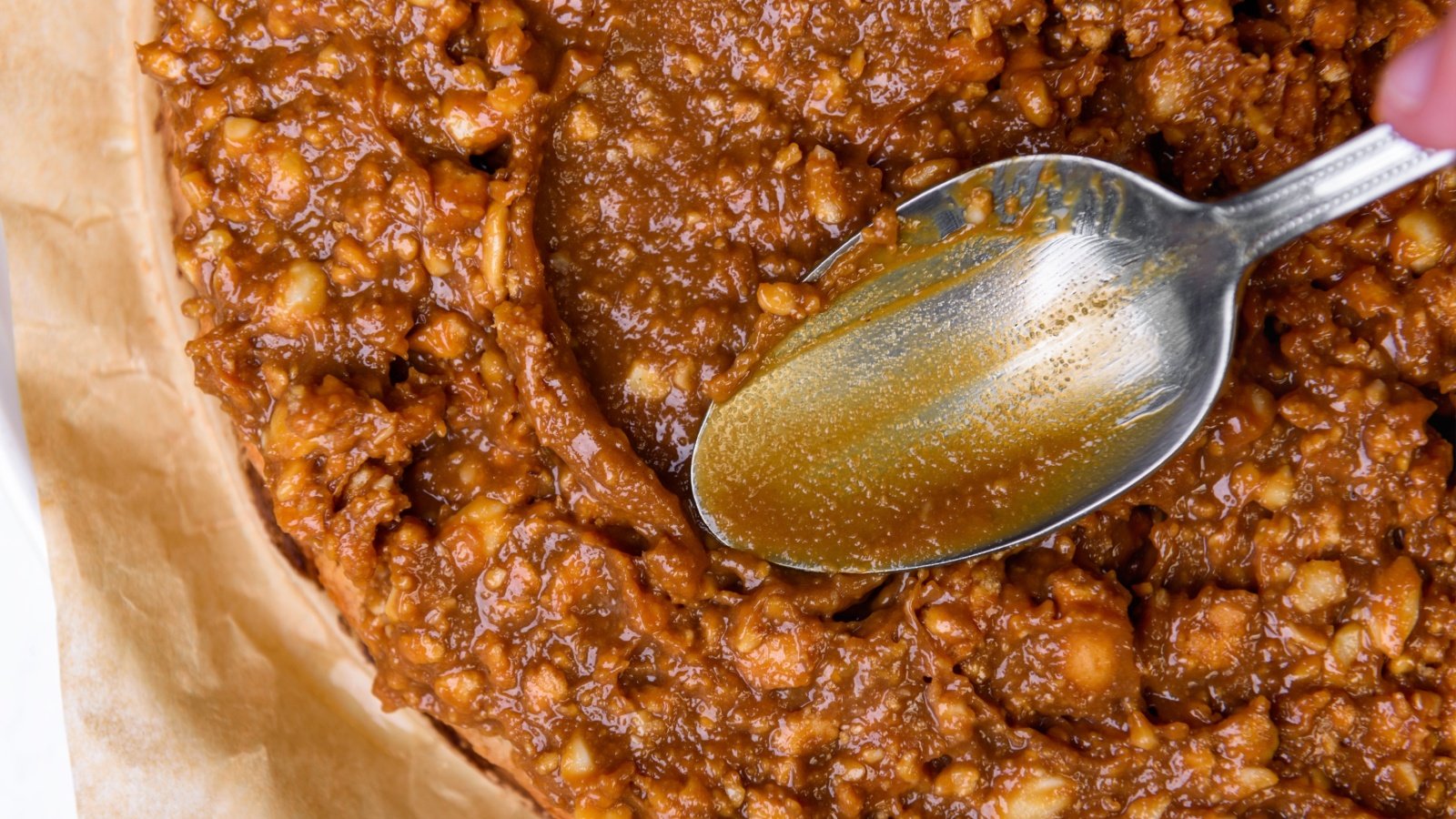
Hickory nut pie is similar to pecan pie but uses hickory nuts, which have a rich, buttery flavor. The pie filling is sweet and gooey, perfect for a festive dessert. Hickory nuts were traditionally gathered by many Southeastern tribes.
Quahog Chowder
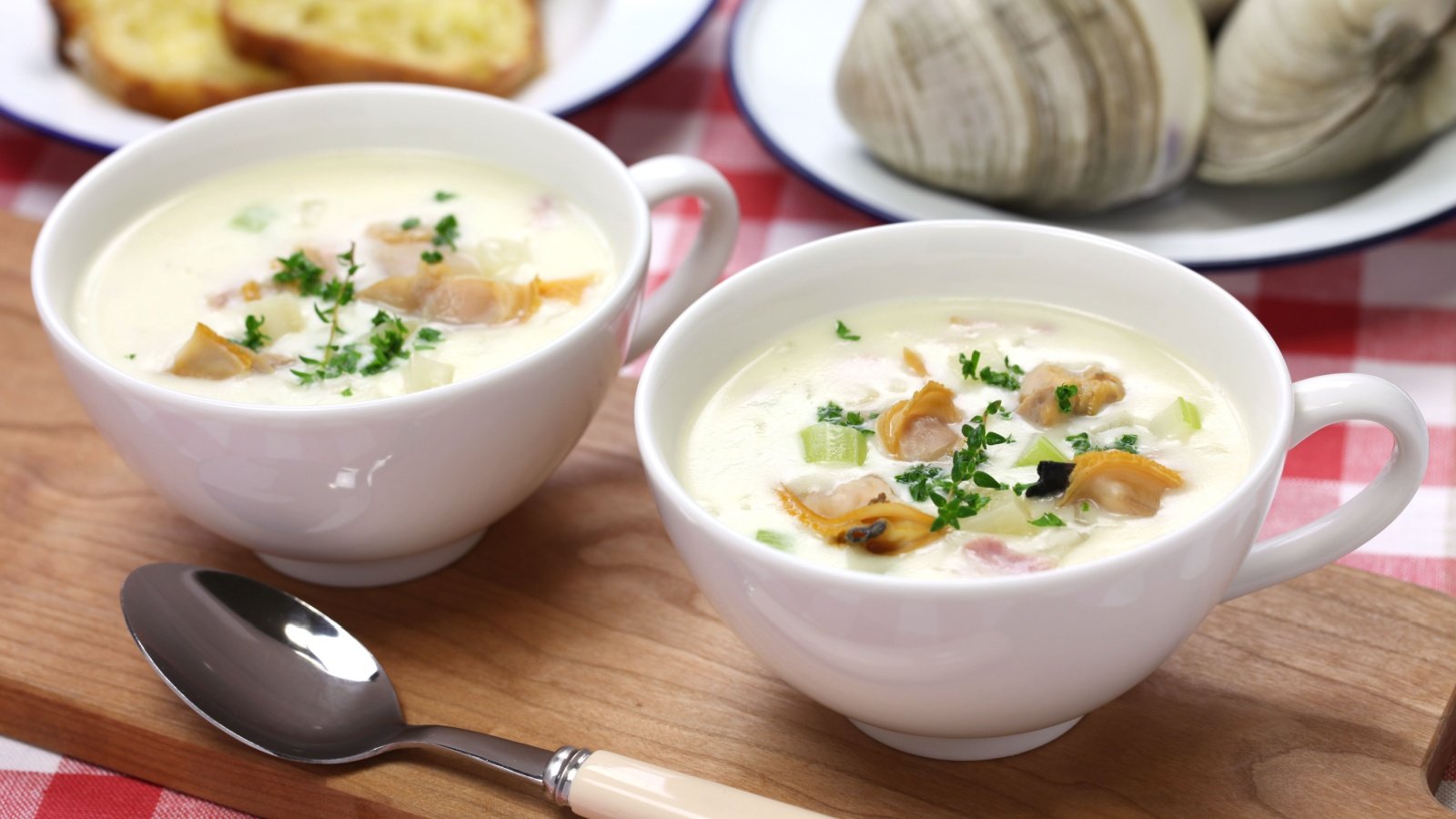
Quahog chowder, made from the hard-shelled quahog clams, is a traditional dish of the coastal tribes of New England. The chowder is creamy and rich, often including potatoes, onions, and bacon. It’s a hearty and satisfying dish, perfect for cool coastal evenings.
Sunflower Seed Cookies
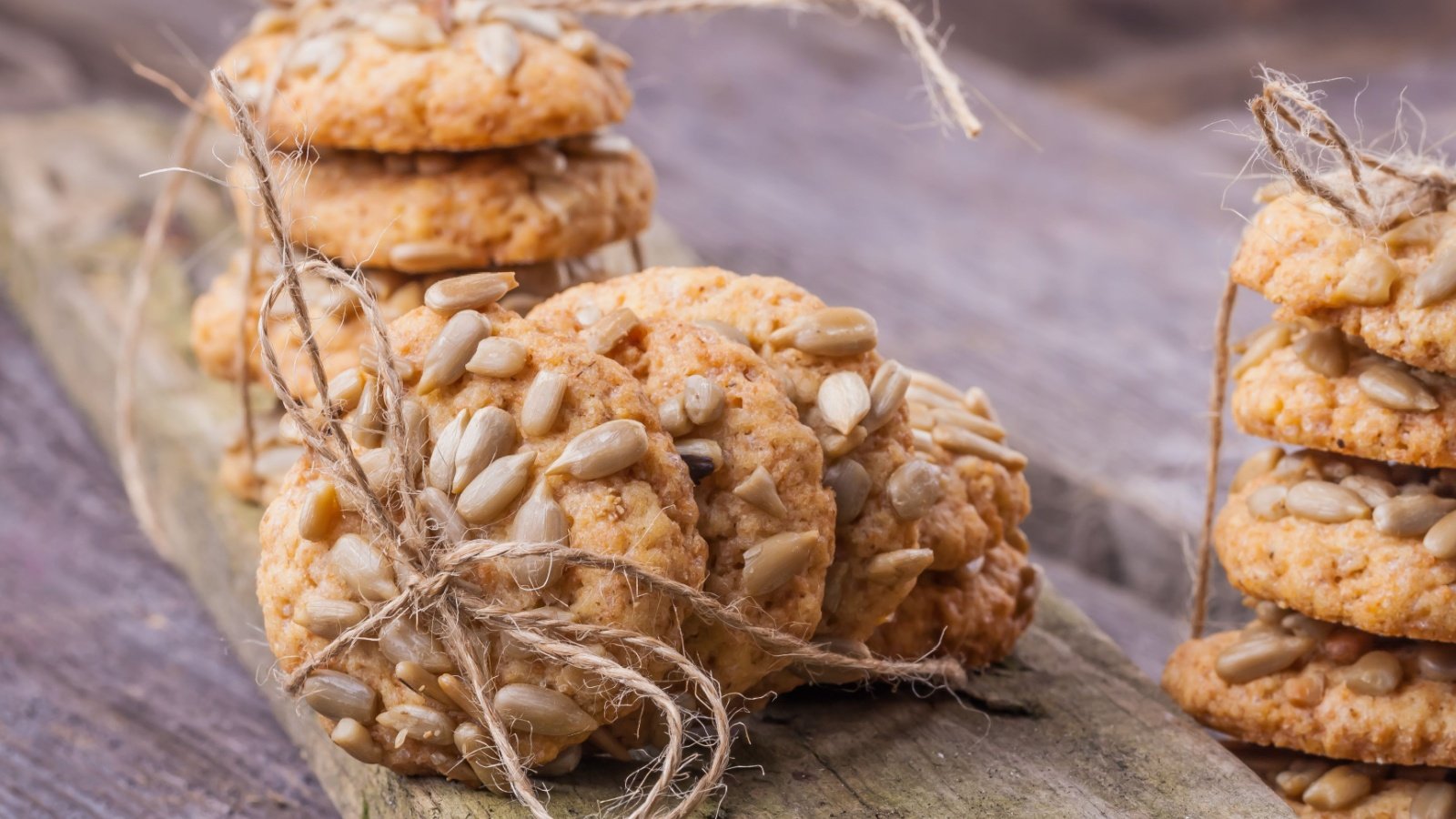
Sunflower seed cookies are a delightful treat made from ground sunflower seeds, flour, and honey. These cookies are both crunchy and sweet, offering a taste of traditional Indigenous ingredients. They are a perfect snack or dessert.
Juniper Ash Bread
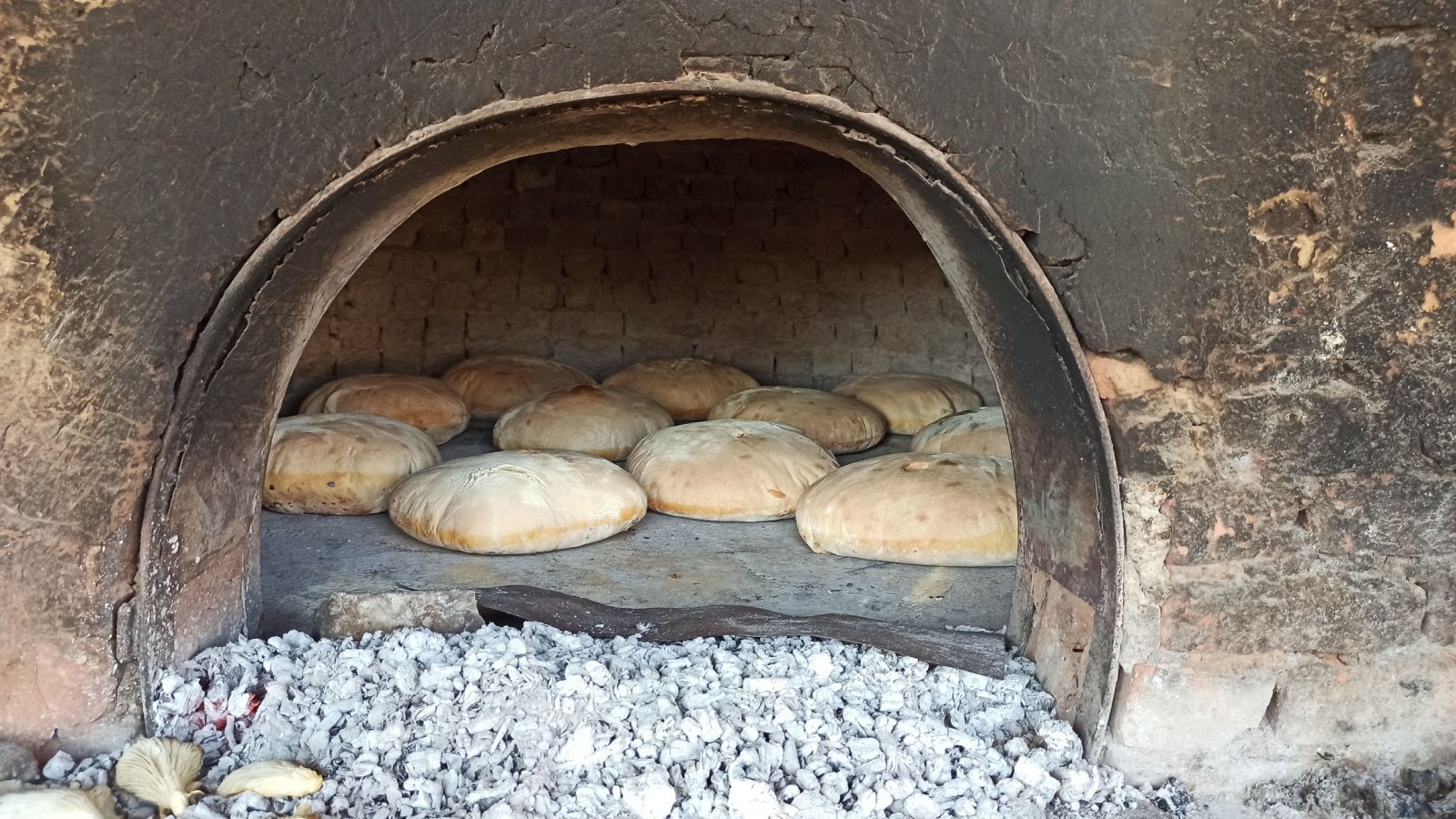
Juniper ash bread is a unique bread made by adding juniper ash to the dough, a traditional practice among Navajo and other Southwestern tribes. The ash provides essential minerals and a distinct flavor. This bread is often enjoyed with savory dishes.
Smoked Whitefish
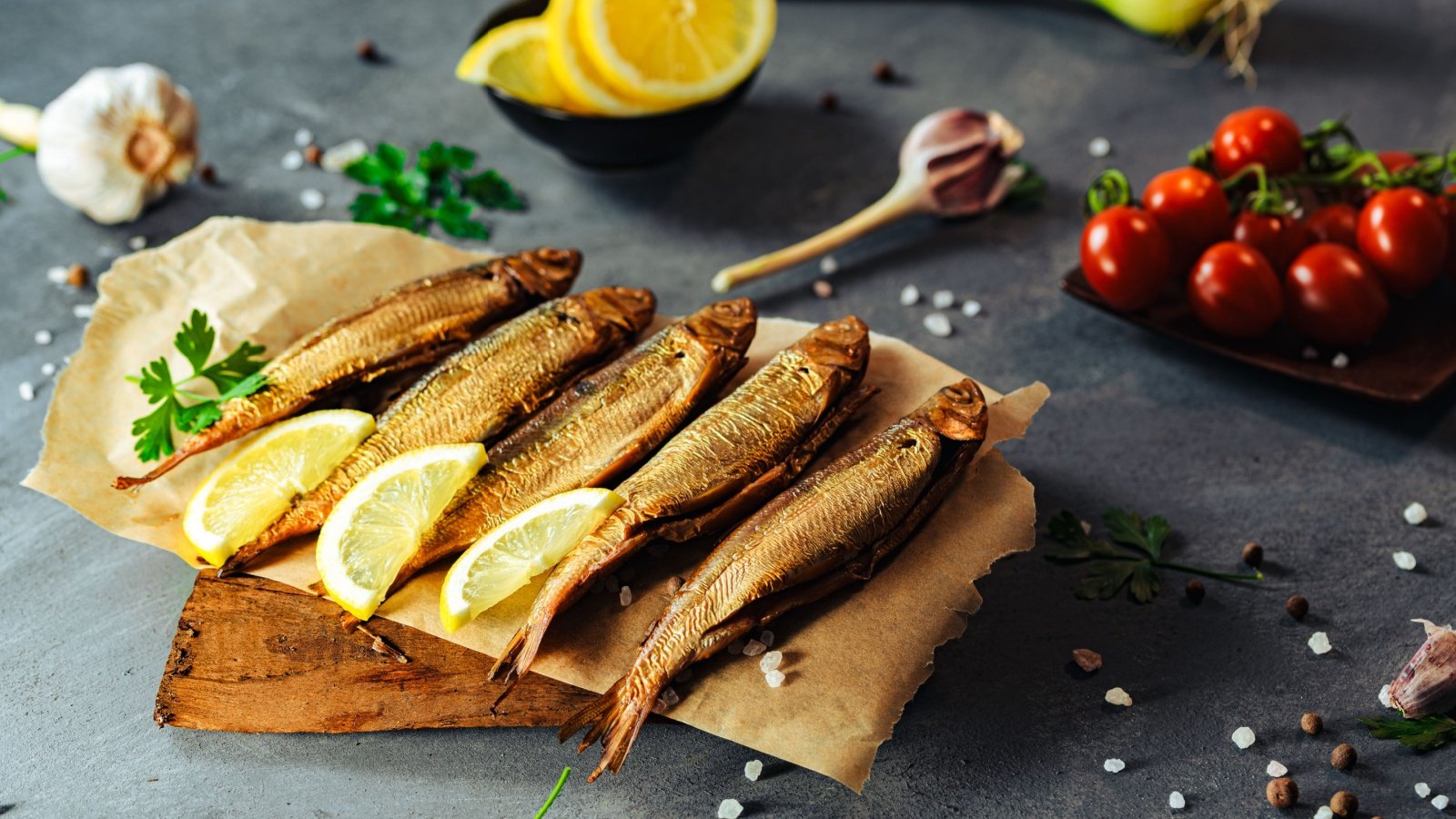
Smoked whitefish is a traditional delicacy of the Great Lakes tribes. The fish is smoked over a wood fire, imparting a rich, smoky flavor. It’s often served with crackers or used in spreads and salads.



